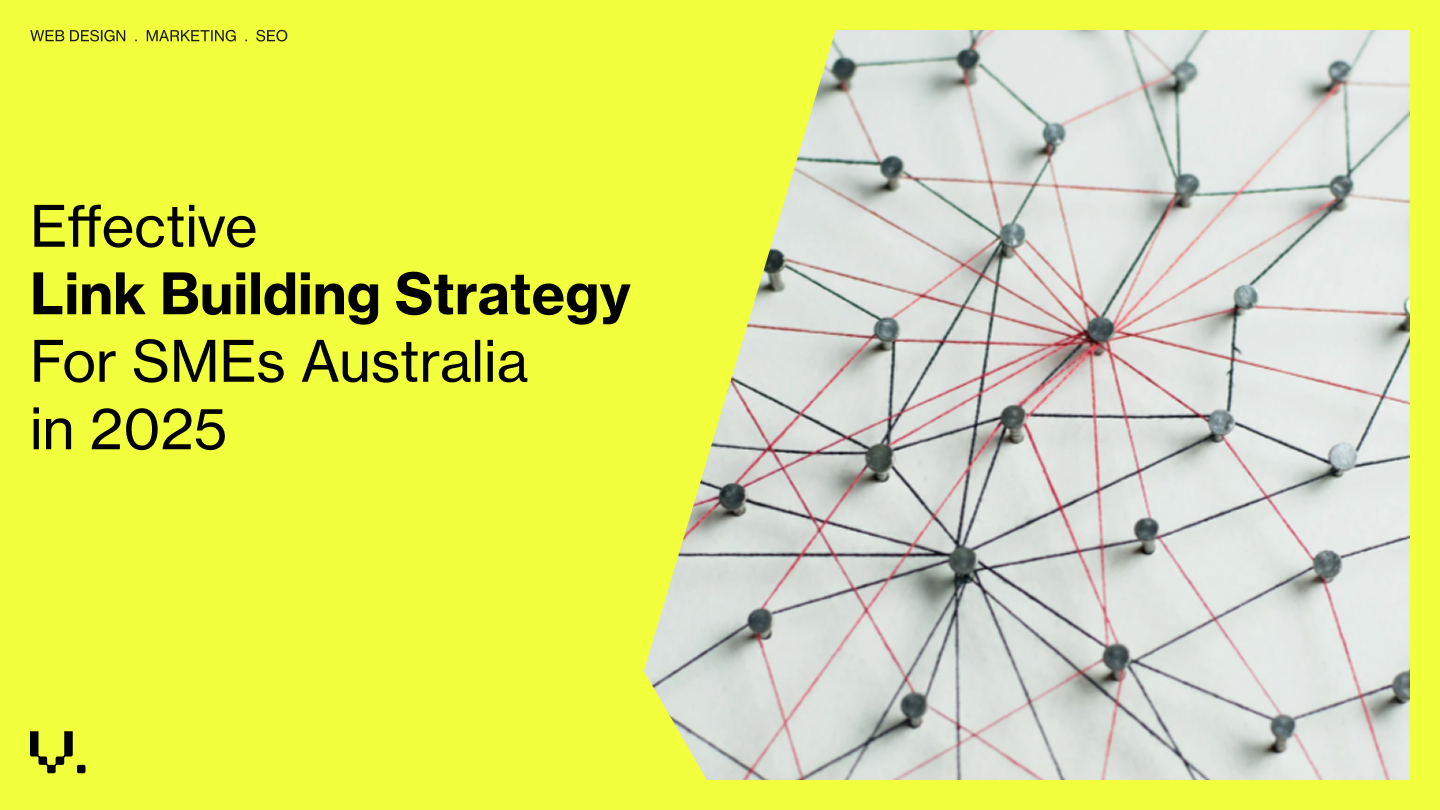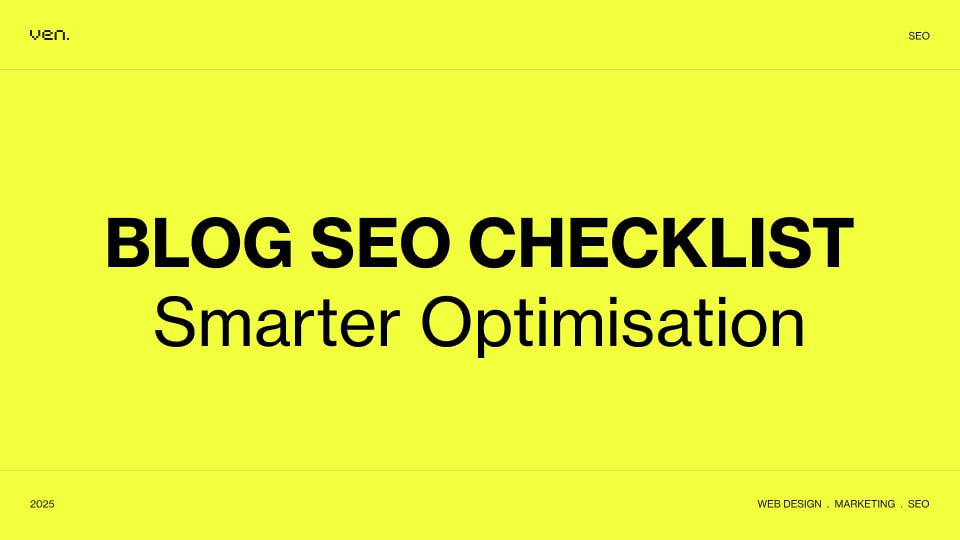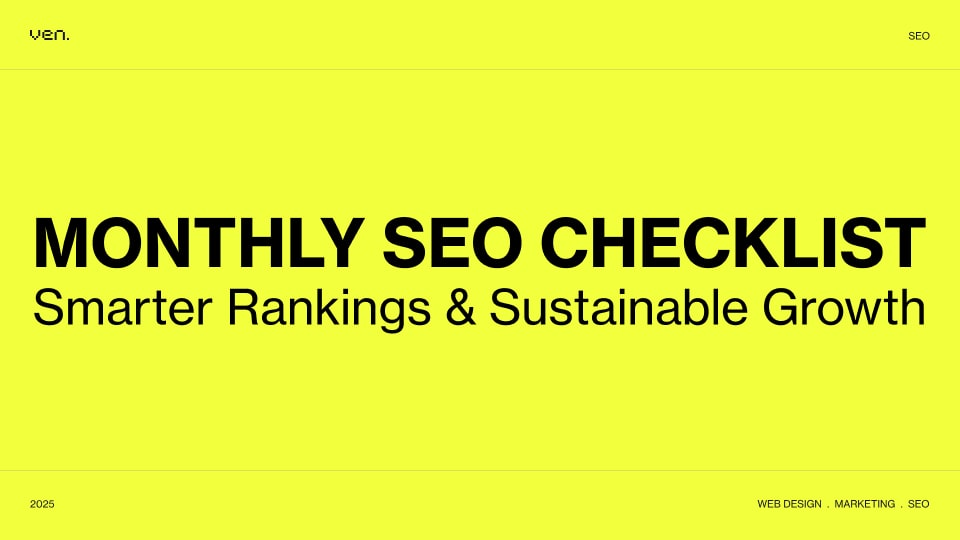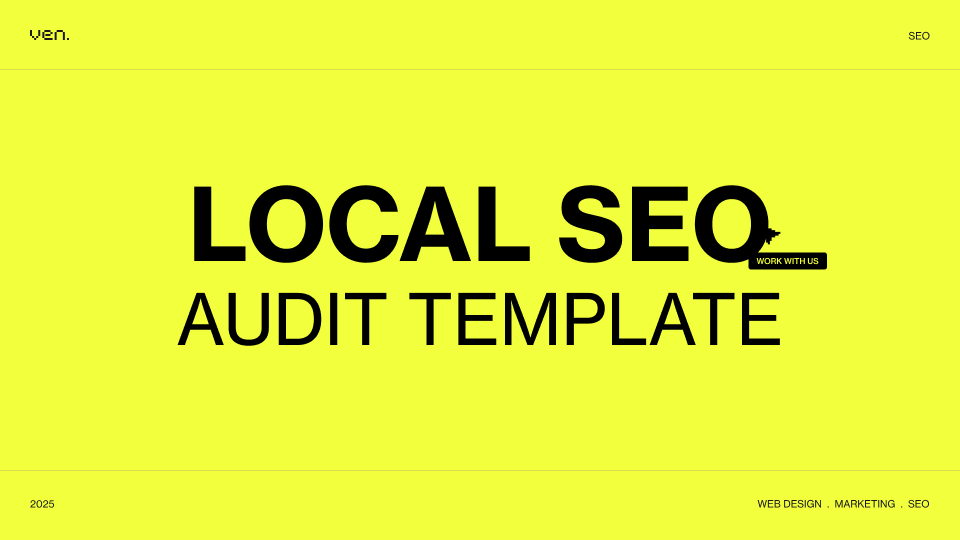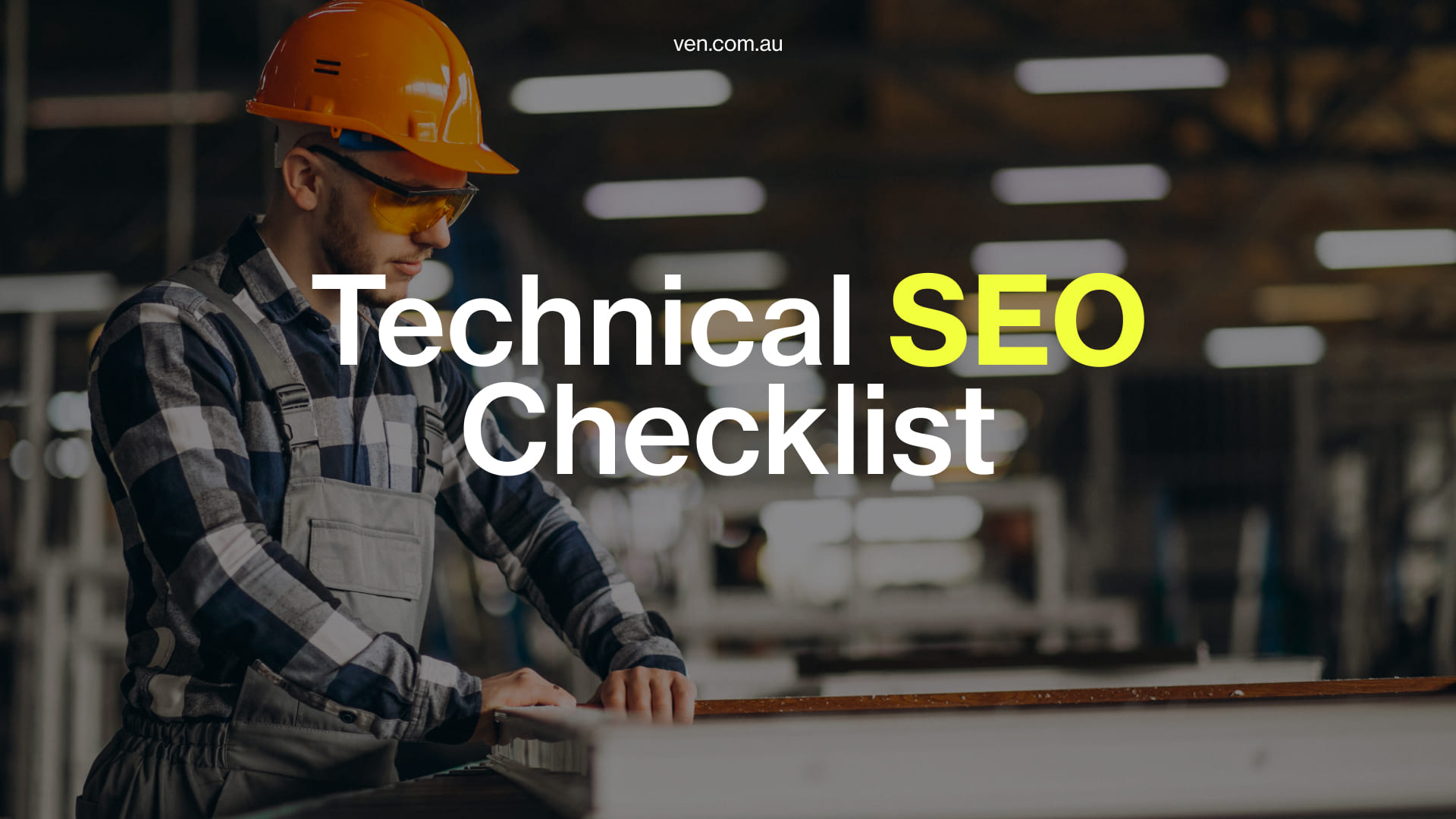Link building remains a vital component of any SEO strategy in 2025 — and in an era where AI is becoming increasingly dominant, having trusted backlinks is more important than ever.
Like many SMEs, we don’t have an unlimited budget for SEO, so we’ve invested time in developing smart, cost-effective tactics that actually work.
In this article, we’ll share effective link-building strategies tailored for Australian businesses in 2025, designed to help you build a stronger online presence and achieve long-term SEO success.
A quick refresher on What is Link Building?
Link building is the process of getting other websites to link back to yours. These backlinks help boost your site’s authority in Google’s eyes, which can improve your rankings and drive more organic traffic.
What Makes a Quality Backlink?
Currently, Google focuses on link quality (not just link quantity), and therefore, understanding what constitutes a high-quality backlink and how to build one is essential.
We think this summary image from Ahrefs does a great job of showing what makes a high-quality backlink. A good backlink that helps improve your search rankings usually includes the following factors:
- Authority of the Page: Links from high-authority pages impact rankings more than links from low-authority pages.
- Authority of the Site: Backlinks from high-authority websites are also higher quality than backlinks from low-authority websites. For example, if your website in the healthcare field has backlinks from top global authoritative healthcare websites like https://www.healthline.com/, it will be much more beneficial than a backlink from a nurse’s website.
- Link’s position: Link’s position also affects its quality. Links in the footer and sidebar are not as valuable as links placed directly within the content of the page.
- Editorially-placed links: An editorially-placed link is simply a backlink that naturally points to your website, meaning that another website considers your site to be of high quality and recommends it. In cases where you unintentionally (or sometimes intentionally) create a backlink while engaging on another website, it will not be considered an editorially-placed link (otherwise known as an unnatural link) and may violate Google’s guidelines.
- Anchor text: Anchor text is the clickable text section of a link, and Google uses anchor text as a ranking signal. If the backlink is placed within anchor text that is relevant to your website, it is a good link. For example, if your website offers SEO services and receives a backlink from a digital marketing website with the anchor text “SEO services,” it would be highly beneficial.
- Nofollow and Dofollow link: The rel=”nofollow” tag is added to a link to instruct search engines: “Do not consider this link as an endorsement.” In SEO, “dofollow” links are much more valuable than “nofollow” links.
High-Quality Links vs Low-Quality Links
By focusing on building high-quality backlinks, you can significantly improve your website’s performance and achieve long-term SEO success.
The table compares high-quality and low-quality backlinks, highlighting the superior benefits of leveraging high-quality links.
| Feature | High-Quality Links | Low-Quality Links |
| Authority | From trusted, authoritative sites like government pages, top news outlets, or Wikipedia. | From low-authority sources like link directories, forums, blog comments, or paid links. |
| Relevance | Highly relevant to your website’s topic or industry. | Irrelevant or loosely related to your site’s content. |
| Traffic | From websites with stable, high traffic (usually 1,000+ visitors/month) that can pass valuable link equity. | From sites with low or unstable traffic, offering little value and possibly harming SEO. |
| Link Acquisition | Earned naturally through strong content, outreach, or brand mentions. | Artificially created through link schemes, automation, or paid placements. |
| Examples | Backlinks from leading industry blogs, .gov/.edu sites, or major media outlets. | Backlinks from spammy sites, comment sections, or low-quality link farms. |
Link-Building Tactics That Still Work in 2025
Alright, let’s dive in — these are the link-building tactics we’ve actually tested and seen solid results from. The best part? They’re super cost-effective, which is perfect if you’re an SME working with a lean budget. Some of them are pretty much free — they just take a bit of time and effort to do properly.
#1. Social Profiles & Backlinks
Social platforms like Facebook, X (Twitter), Instagram, Reddit, and a bunch of others are still getting a lot of love from search engines. That means setting up proper profiles across these platforms isn’t just good for branding — it also gives you legit backlinks from trusted, high-authority sites.
We did this for Ven Agency — built out all the social profiles and kept them active with regular posts. It helps Google see the brand as a real, living entity that’s consistently updated. Simple move, but it works surprisingly well for both visibility and SEO.
#2 Cloud Stack Backlinks
Think of backlinks like votes in Google’s eyes — now imagine getting those votes from giants like Amazon, Google, and other major tech players. Sounds powerful, right?
Well, the good news is, you can get backlinks from these platforms — even for free — if you’ve got a bit of IT know-how.
Here’s an example of how we did it for Ven Agency:
???? Check it out here
We used cloud hosting services to upload simple HTML pages with backlinks to our site. It’s a smart, low-cost way to earn high-authority links.
Below are 10 cloud platforms you can use to do the same. Honestly, this is one of the cheapest ways for SMEs to get top-tier backlinks — and it still works like a charm in 2025.
| No | Platforms | DA | DR |
| 1 | Google Cloud | 94 | 92 |
| 2 | Netlify Cloud | 93 | 91 |
| 3 | Microsoft Cloud | 93 | 92 |
| 4 | Digital Ocean Cloud | 91 | 91 |
| 5 | GeoCites Cloud | 89 | 78 |
| 6 | GitBook | 84 | 91 |
| 7 | Alibaba Cloud | 76 | 92 |
| 8 | Amazon AWS | 74 | 85 |
| 9 | Oracle Cloud | 70 | 86 |
| 10 | BitBucket Cloud | 73 | 78 |
#3. Paid Guest Posts & PR for Exact-Match Anchor Text
In our experience, if you really want to rank for specific keywords, you need backlinks that use exact-match anchor text — in other words, someone’s “voting” for you using the exact term you’re targeting.
To pull this off effectively, paid guest posts and PR placements are key.
Worried about the cost? Don’t stress — we’ve researched and tested ways to land backlinks on reputable news sites for under $50 AUD per link, instead of the usual hundreds. It takes a bit of digging, but it’s absolutely doable.
Here’s a real example of what that can look like (The Globe And Mail):

#4. Ask For Links To Your Resource Page
Resource pages are web pages specifically created to share helpful links on a particular topic — usually pointing to high-quality articles, guides, or research. These pages exist mainly to offer valuable outbound links, which makes them a great opportunity for earning backlinks from trusted sources.
How to get started:
- Find resource pages: Use Google searches like: “your keyword” + inurl:links, “your keyword” + helpful resources. These queries will help you discover pages already curating content around your topic.
- Check if it’s worth it: Not every resource page is created equal. Take a quick look at the site’s authority, relevance, and whether they regularly update their list — make sure it’s worth your effort.
- Create a good match & craft your pitch: Write a piece of content that genuinely adds value to the topic they’re covering. Then, reach out with a simple, respectful email asking if they’d consider adding your content to their list.
#5 Recover Broken Link Building
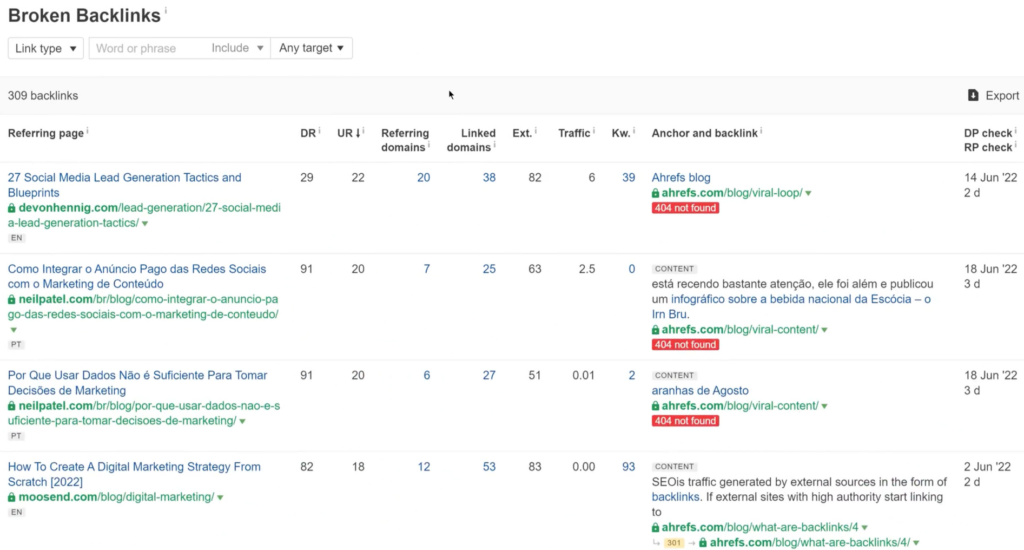
This tactic involves finding broken links on high-authority websites and suggesting your content as a replacement — a smart way to earn quality backlinks while helping the site owner fix an issue.
There are plenty of tools to help you find these broken links, and Ahrefs is one of the most powerful. You can sign up for a one-month plan, get what you need, and pause your subscription to save costs.
Need a hand? Reach out to Ven — we’re happy to help you find and replace broken links with valuable, relevant content.
#6 Mimicking Competitor Backlinks
If someone is linking to your competitor, they are likely to be open to linking to your content as well. Analyse your competitors’ backlink profiles and target the same high-quality sources to build similar links and improve your rankings.
#7 Amplifying Your Reach with Content Promotion
Share and promote your high-quality content across various platforms to attract natural backlinks and increase visibility:
- Paid Ads: You can use your budget for paid ads to get more people to link to your page.
- Influencer Outreach: You can search for and follow influencers in your field and propose content that you think they would genuinely find interesting and share. If you’re lucky, they will share your content with their followers, helping you gain backlinks and reach a large potential audience.
- Building a Following: You should build a large following – they will be the first to regularly share your page when you provide high-quality content.
Step-by-Step Guide to Building a Backlink Strategy
Step 1: Backlink Audit
Use tools like Ahrefs, SEMrush, or Google Search Console to review your current backlink profile. Identify strong links, toxic ones to remove, and gaps to fill.
Step 2: Set Clear Goals
Define what success looks like — e.g. improve keyword rankings, increase DR, or gain backlinks from relevant sites. Keep goals SMART (Specific, Measurable, Achievable, Relevant, Time-bound).
Step 3: Competitor Analysis
Study your top competitors’ backlink profiles. See where their best links come from and identify opportunities you can target too.
Step 4: Plan Your Tactics
Choose the right mix of strategies: social profiles, cloud stack, guest posts, PR, resource page outreach, niche directories, etc. Prioritise based on budget, effort, and impact.
Step 5: Create Link-Worthy Content
Develop high-value content that others want to link to — such as blog posts, guides, data insights, tools, or infographics. Quality content makes outreach much easier.
Step 6: Outreach & Placement
Start contacting relevant websites with personalised pitches. Focus on relevance, value, and genuine relationships to secure placements.
Step 7: Track & Optimise
Use tools like Ahrefs, GA4, and Google Search Console to track backlinks, referral traffic, and keyword movement. Adjust your strategy based on what’s working.
Want to boost your website’s SEO with high-quality backlinks?
Partner with Ven Agency — a digital marketing team with over 10 years of experience helping Australian SMEs grow through smarter, results-driven SEO.
We specialise in transparent, white-hat link-building strategies tailored to your business goals. Our focus is on building strong, authoritative backlinks that not only improve your Google rankings but also strengthen your brand’s credibility.
Let’s build a solid backlink strategy that delivers real, long-term results.
Get in touch with Ven today — and take the next step toward sustainable SEO growth.
